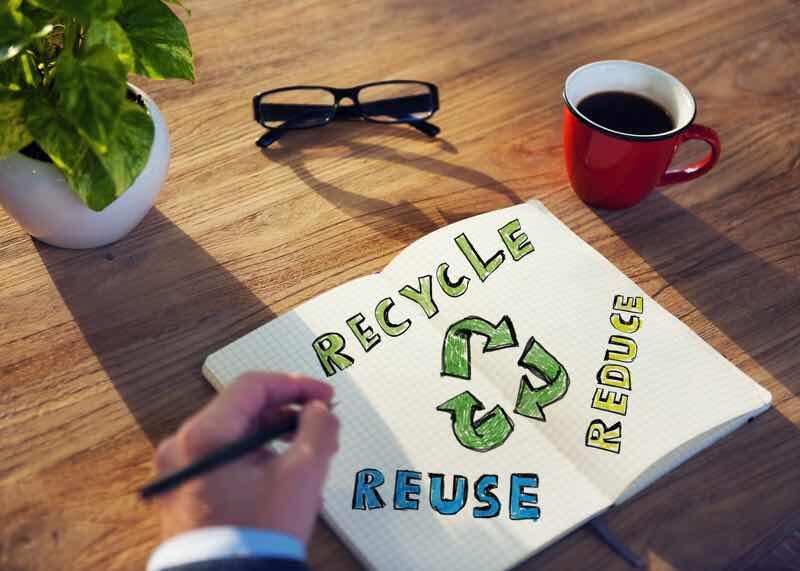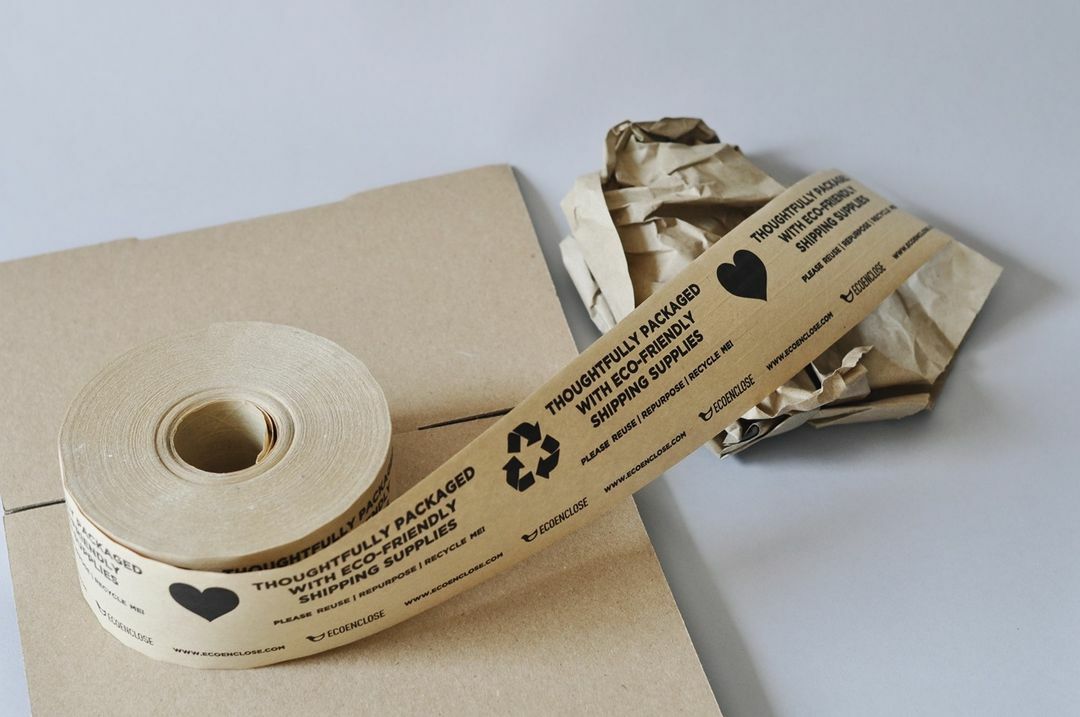In today’s world where sustainability is a key concern, the choice between digital vs traditional eco printing becomes crucial. Both have their unique benefits and drawbacks, making it essential for businesses to understand their differences. This article will delve into these aspects, providing a comprehensive guide for making an informed decision.

Understanding Eco Printing
Eco printing refers to environmentally friendly printing practices that aim to reduce the negative impact on the environment. It involves using sustainable materials, minimizing waste, and employing energy-efficient processes. But how do digital and traditional methods fit into this?
What is Digital Eco Printing?
Digital eco printing uses digital technology to print images directly onto various media. It is known for its efficiency, speed, and ability to produce high-quality prints. Digital printing is typically more eco-friendly when compared to traditional methods because it often uses less energy and generates less waste.
What is Traditional Eco Printing?
On the other hand, traditional eco printing involves older printing techniques such as offset printing. While it has been around for decades, it has evolved to incorporate more sustainable practices. This includes using eco-friendly inks and recycled papers.
Comparing Digital and Traditional Eco Printing
Efficiency and Speed
Digital printing often surpasses traditional methods when it comes to speed and efficiency. With desktop printers, digital printing can produce a print almost instantly, making it ideal for small runs and quick turnarounds.
Quality of Prints
Both digital and traditional printing can produce high-quality prints. However, the choice often depends on the specific needs of a project. Digital printing offers vibrant colors and is great for detailed images. Traditional printing, especially offset, is preferred for large runs due to its consistent quality.
Environmental Impact
When considering the environmental impact, sustainable practices are key. Digital printing typically uses less energy and produces less waste. Traditional methods, however, have adapted to become more eco-friendly through innovations in inks and materials.
Cost Considerations
Digital printing is generally more cost-effective for small to medium-sized runs due to lower setup costs. Traditional printing might be more economical for larger volumes, even with the initial higher setup cost.
Versatility and Customization
When it comes to versatility, digital printing takes the lead. It allows for easy customization and is perfect for personalized printing needs. Traditional printing, while less flexible, offers consistent quality for large batches.
Waste Reduction
Both methods have made strides in waste reduction. Digital printing reduces waste by eliminating the need for printing plates. Traditional printing has improved by using zero waste techniques.
Sustainability in Printing
Eco-Friendly Inks
Both printing methods have shifted towards the use of eco-friendly inks, which are less harmful to the environment.
Recycled Paper
Using recycled paper is a common practice in both digital and traditional printing to enhance sustainability.
Energy Consumption
Digital printing often uses less energy compared to traditional printing, which requires large presses and more resources.
The Future of Eco Printing
The future of eco printing looks promising with both digital and traditional methods continuing to evolve and adopt greener practices.
Choosing the Right Method for Your Business
The choice between digital and traditional eco printing depends on your business needs, budget, and environmental goals. Consider what is most important for your projects.
Conclusion
Both digital and traditional eco printing offer unique advantages. Understanding their differences and benefits can help businesses make informed decisions that align with their sustainability goals.

FAQ
What are the main benefits of digital eco printing?
Digital eco printing offers fast turnaround times, high-quality prints, and reduced waste, making it ideal for small to medium-sized projects.
Can traditional printing be eco-friendly?
Yes, traditional printing can be eco-friendly by using sustainable inks and recycled materials, making it suitable for large volume projects.
Which is more cost-effective: digital or traditional eco printing?
Digital printing is generally more cost-effective for small runs due to lower setup costs, while traditional printing may be more economical for larger volumes.
This article contains affiliate links. We may earn a commission at no extra cost to you.







